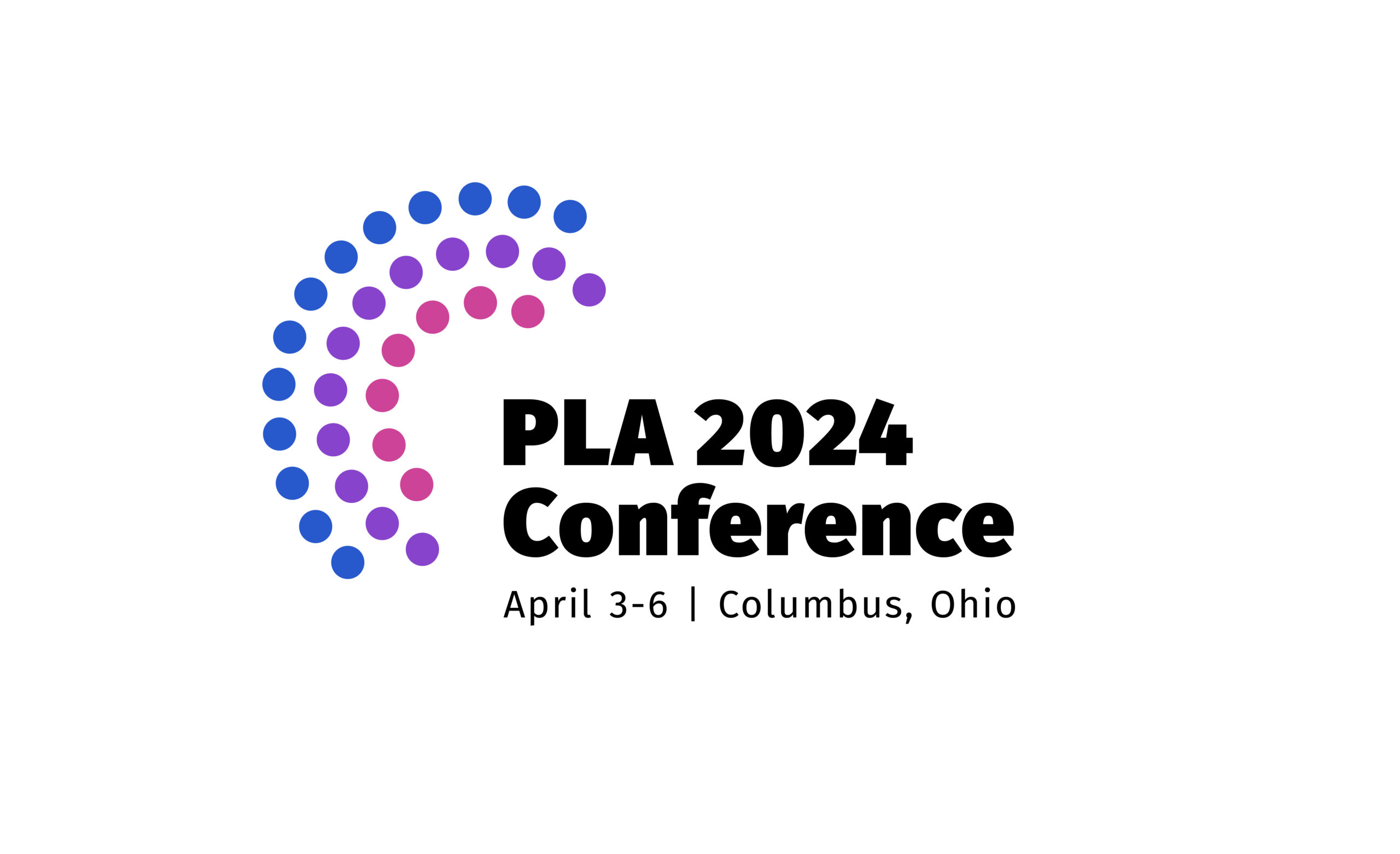Data-Driven Librarianship: A Children’s Librarian Perspective

Ever felt the incredible impact of your work as a children’s librarian, but struggled to explain it to others? We all see for ourselves how libraries are essential for kids, but that “importance” can feel a little abstract at times. This is especially true when trying to convince people who don’t often step foot into their local library.
That’s why a presentation at the PLA 2024 Conference called “Beyond the Numbers: Building a Culture of Data-Informed Decision-Making” caught my eye. The Columbus Metropolitan Library (CML) team showcased how they use data to not only make smart administrative decisions but also to demonstrate the library’s value to the community. CML’s approach uses data collection and visualization to turn that fuzzy feeling of “good” into clear, objective evidence.
In their presentation, the CML team emphasized creating aesthetically pleasing dashboards that translate complex information for the general public and internal review. Imagine charts showing circulation trends or program attendance over time – clear, concise visuals that tell a powerful story. As an example, CML demonstrated how they used these dashboards to identify if they met Key Performance Indicators.
This kind of data-driven storytelling has powerful implications for how we present ourselves to the general public. Imagine a summer reading program that pairs kids with adult mentors to boost their reading confidence. Sure, librarians know this is valuable, but how do we prove it? Using a more data-driven approach, we could use surveys to track participant confidence before and after the program. This data provides hard evidence that anyone can understand, not just library lovers, and only adds to the pictures and success stories we already share.
Data can also reveal surprising connections. Last summer, our library tried a new summer reading initiative. Not only did participation in our program soar, but our juvenile print material circulation soared during those same months, suggesting a positive link worth exploring further that we would not have known about without our data analysis.
Beyond the lens of exclusively youth services, this data-driven approach can be applied to connect multiple library initiatives. Think about it: how can we use data to demonstrate the impact of the effect of youth programming on door counts, or how a program on kindergarten readiness impacts youth library card sign-ups? Data can help quantify the library’s role in fostering a love of learning objectively.
There’s a misconception that data is only for administrative decisions. Data collection and visualization can be a powerful advocacy tool that keeps us and our community accountable. By presenting clear evidence of the library’s impact using data, we can garner community support and silence any lingering doubts about the library’s relevance.
Data can also help us adjust our services to better meet the community’s consistently shifting needs. We can see how effective our programming and initiatives are in a meaningful way. Maybe the data shows a surge in interest in a particular kind of early reader, for example. Data allows us to move beyond guesswork and make data-driven decisions that truly benefit our patrons and respond to their needs.
This doesn’t mean we should abandon storytelling altogether. CML emphasized that while Data is a powerful tool, all data exists within a public context that must be understood alongside the cold, hard facts. But I believe data visualization does not have to take away from storytelling. It adds to it, helping to ground the stories we tell in reality without losing the necessary emotional connection.
Ultimately, I am grateful to CML, and for conferences such as PLA, which provide me with the opportunity to explore new ideas in a meaningful way. I know I speak for many children’s librarians when I say it often feels like the value of what we do is a secret to non-library users. Building a data culture may just allow us the chance to let people in on the secret and showcase just how big of a role libraries continue to play in their communities.
Tags: PLA 2024 conference, pla 2024 scholarship, pla conference, pla2024







